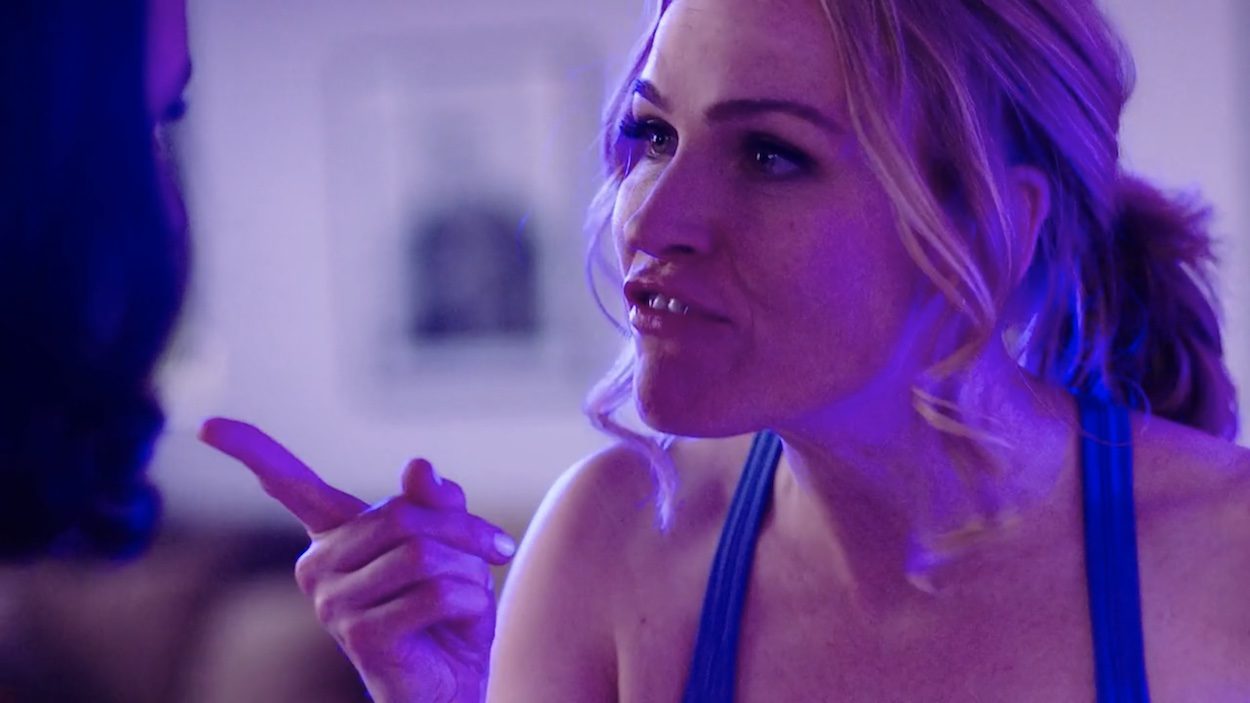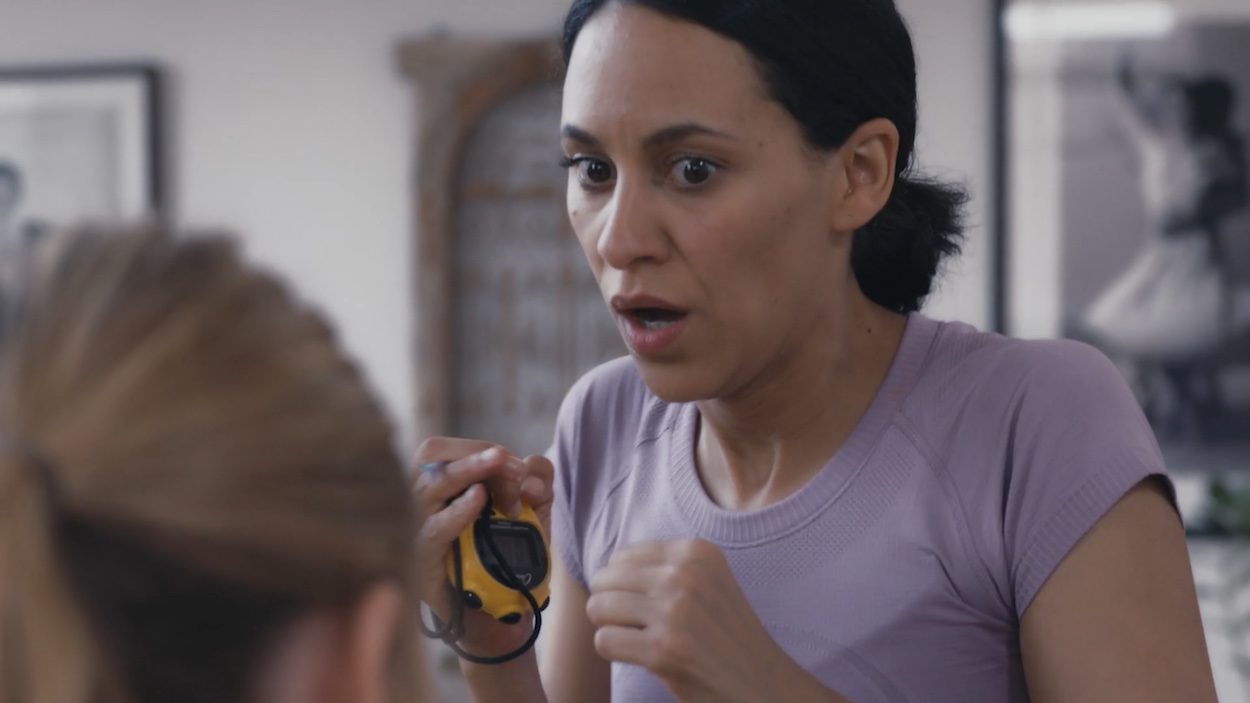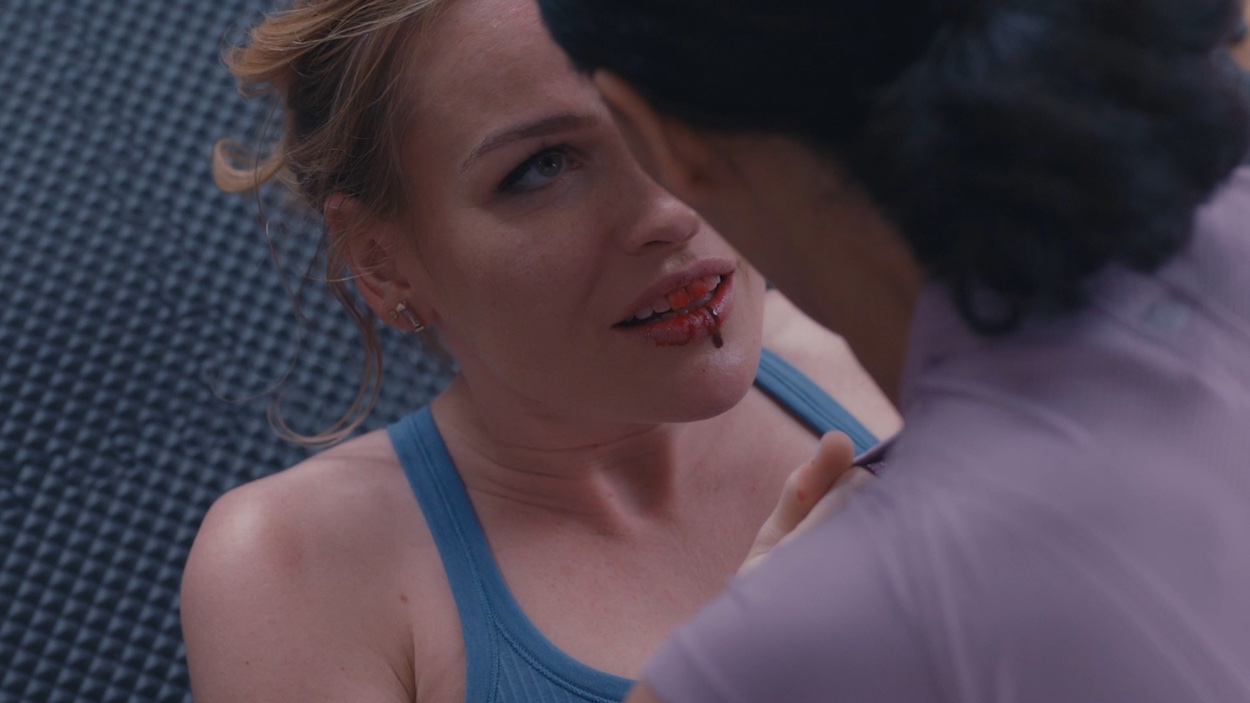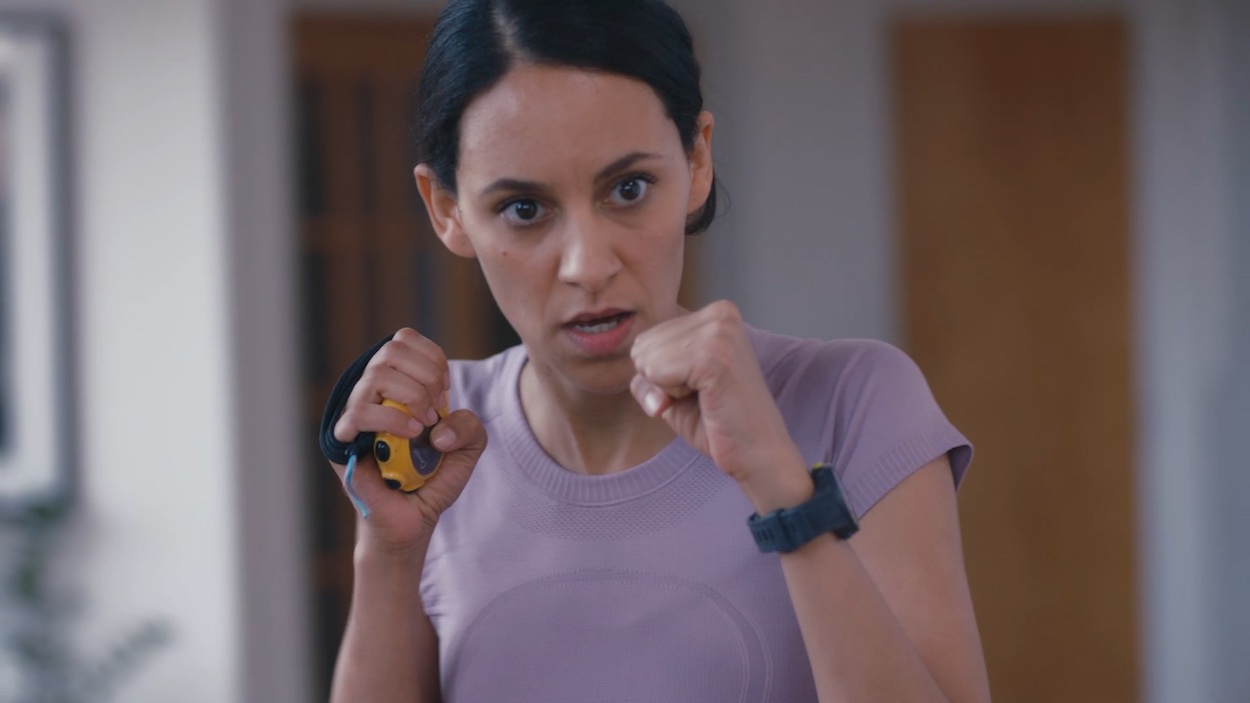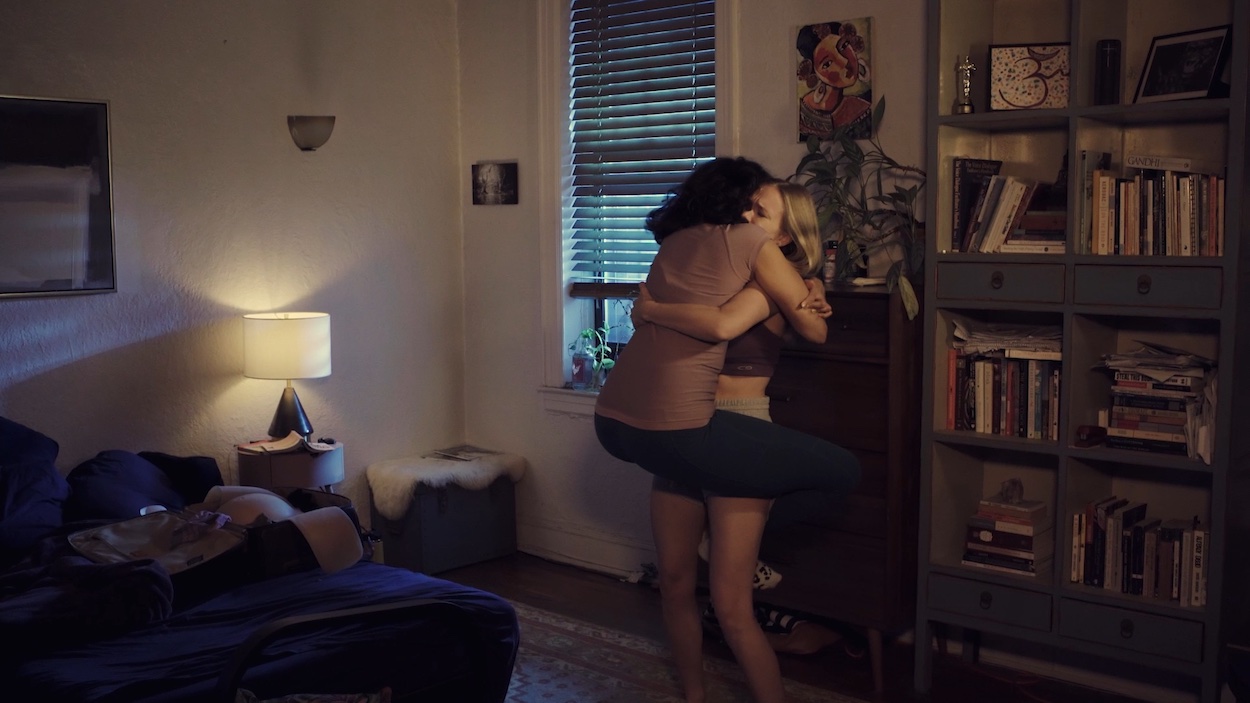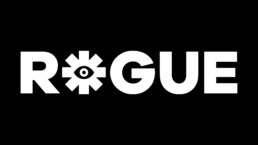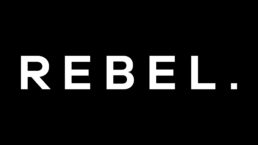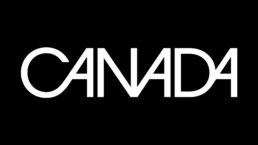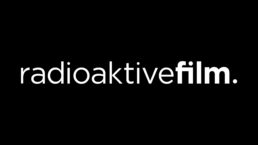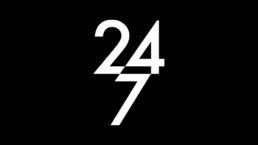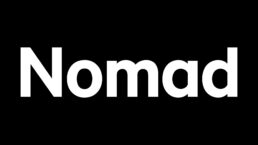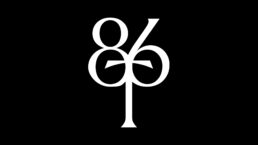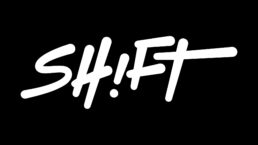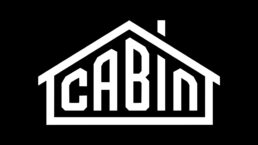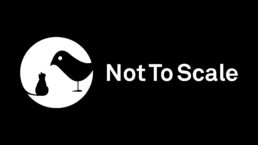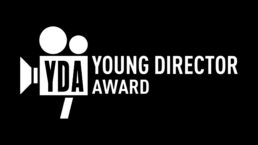Killer Workout is a series created by Erik Potempa and produced by Yvonna Pearson. Something that caught my attention was how, in a statement about the series, you mentioned that when you first read the script you had initially wondered how a cis-male writer who you had never met before knew you so well. Can you expand on that?
SARA: I had a lot of concerns before reading the script. How could a cis-white man capture and tell the story of a queer black woman? Too often QTPOC stories are written and told through a white hetero-lens. But after my first reading of Erik’s script, I was very pleasantly surprised. And, after meeting with him and finding out how much care and research he put into representing QTPOC characters and including actual queer voices, I knew that I had to direct this project.
In addition to his writing resonating true on the page, the fact that he was seeking a queer female director showed me that he was serious about actual representation.
Can you share with us how the collaboration between you, Yvonna and Erik came about? Was there an initial treatment for you to review? What made you decide to take the project on and how much creative freedom did you have?
Back in 2018 I had the fortune of having a web series (“Another Castle”) screen at ITV Fest in Vermont, where I met Erik’s writing mentor Jacob Krueger. He mentioned he had a student that was looking for a director for a pilot and that I’d be perfect for. He connected us via email and the next thing I knew I had an incredible pilot in my inbox from Erik. “Another Castle” was a feminist web series that tackled misogyny in nerd culture, with the underlying theme that you can be your own superhero and rescue yourself from the “castle”; so immediately I was drawn to Killer Workout, in itself another intersectional feminist story with a lovable anti-hero. Being a queer woman, I was also excited to be directing an out queer protagonist just trying to exist in a world where homophobia isn’t the only real issue causing her struggle and eventual snap.
I created a visual treatment for Erik after Erik sent me the pilot and his treatment for the series (there’s seasons of interesting edge of your seat stories y’all), and they approved. From that visual treatment, not only a look but a mood was established and they trusted me to use that to paint the world and bring it to life on the screen.
What were the biggest challenges in directing Killer Workout? And how did you overcome them?
Besides the usual madness that comes from doing an ambitious independent project in New York City, our well-meaning stunt coordinator used me as a human shield for the scene where Cassandra throws the weight. I got hit square in the face with the prop weight. Poor Tiffan who plays Cassandra, felt terrible and as I was seeing stars, playing off how bad it hurt, and most importantly trying to keep her in the zone, my split lip started to bleed quite a bit. Some ice and paper towels fixed it and cleaned up the floor, Tiffan and Nina crushed the rest of the scene and then our amazing HMU artist Shannon got to use my lip as a reference for Cassandra’s split lip.
The series is meant to raise awareness over the current economic conditions in the States and shedding light onto the inequality, classism and racism many Americans experience on a daily basis. Why did you opt for comedy, horror and BDSM to address such issues? And did you at any point consider a different approach?
Using an unexpected approach was meant to not preach to audiences but to allow them to think and be moved on their own as our style of storytelling opened the curtain to the matrix of domination that all too many are subjected to. I think art is a key talking point to opening eyes in unexpected ways by making you forget yourself for a moment and step into a character’s shoes. Comedy and horror are heightened approaches to make you laugh, cry, gasp, and then afterwards… think about what made you feel this way and why. None of us ever considered a different approach. We were all in.
What has been your experience in directing a web series, as opposed to say a short film? Episodic content is something that we’ve grown accustomed to as a result of platforms such as Netflix. But in your opinion where do web series belong, who are their main audiences and how valuable are they in raising a director’s profile?
With web series we have more of a story to tell, there’s a continuous tale, and with a short we usually have a through line that is resolved by the end of the film. With a web series you might have an A, B, C to Z side story on top of the main plot. You get some more time with characters, and in this case with Killer Workout, we are trying to set you up for the C through Z story.
I think web series are made to be seen by as large an audience as possible, so starting them in festivals to get some added buzz and moving to Youtube, Vimeo to make them accessible to fans is very important. That audience base is what will keep the episodes coming. They are definitely valuable in raising not just the Director’s profile but the whole cast and crew. I know if I see something I like, I look up the cast and crew and see what else they have worked on and add it to my queue.
Your work spans across commercials, music videos, documentaries and short films. However you’ve mentioned that all your projects “contain positive ulterior motives of helping others, with a strong focus on activism, feminism, gender and sexuality.” How do you ensure you stay true to these values, especially when it comes to commercial work?
Whenever I have the opportunity to work on a project, especially scripted, I get to see the breakdown and the script for the story we are ultimately going to create as a crew – it’s usually pretty clear early on that those values are present. When getting to pitch my own material, I make sure my checklist is in play, making sure characters are diverse and will lead the audience to empathise with someone that they now know via watching a few frames of them in an ad space. If something is presented to me that is lacking in these values I’ll add the necessary layers, whether it’s through casting or production design, I’ll make sure it’s in.
